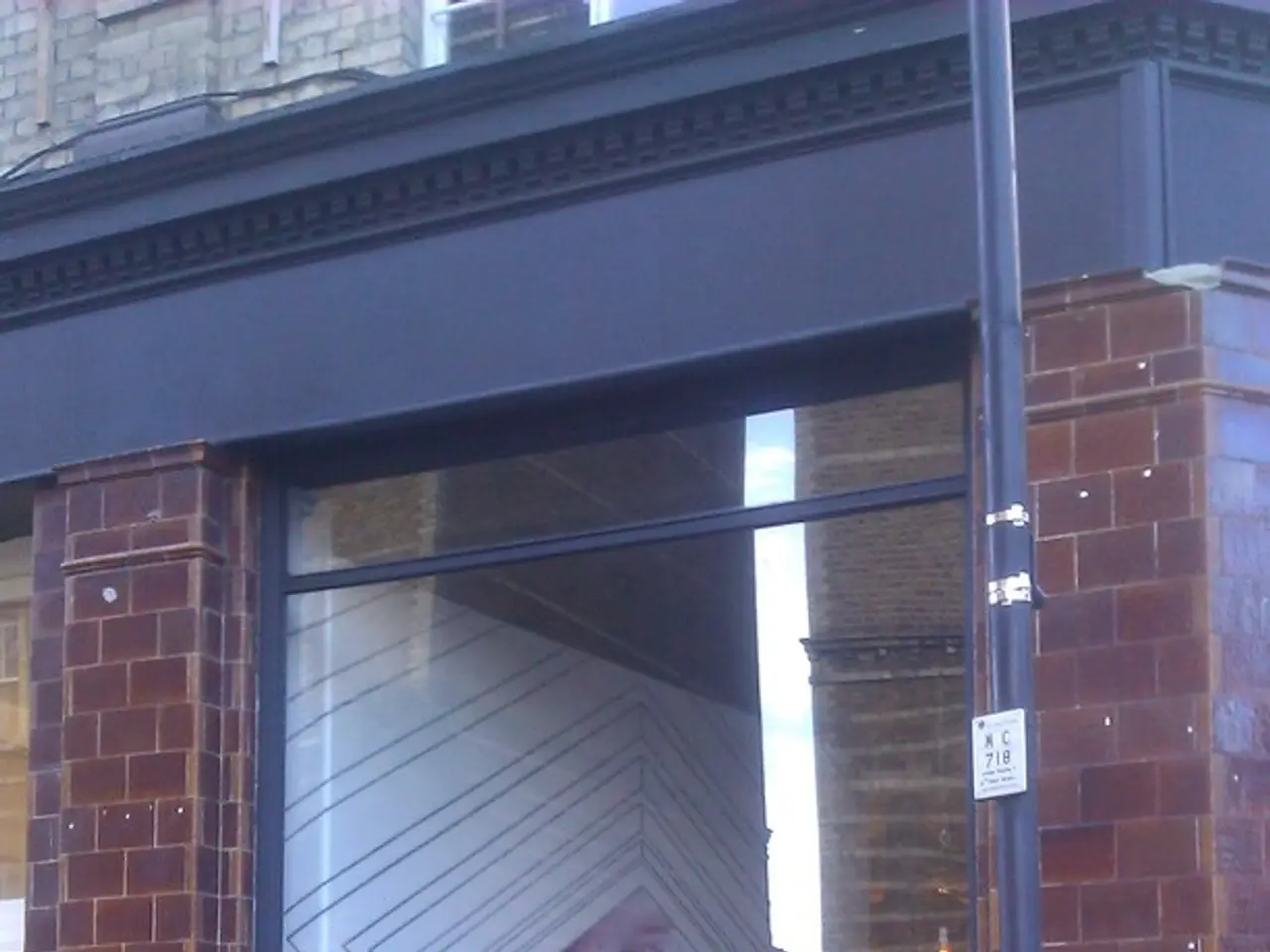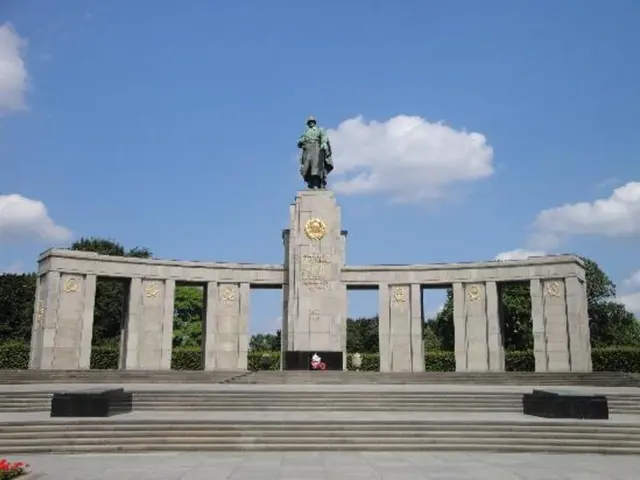Reichstag Building's Glass Dome: A Symbol of German Unity and Democracy
The iconic Reichstag Building in Berlin has undergone a remarkable transformation, becoming a symbol of German unity and democracy. The glass dome, designed by architect Norman Foster, illuminates and ventilates the plenary hall, serving as a central symbol of the building. The renovation, completed in 1999, cost around 319 million euros and covered a gross area of 61,000 square meters.
The project began with an international competition in 1992, with Foster's design being selected for the new role of the Reichstag as the seat of the German Bundestag. The actual renovation started in July 1995 and was completed on schedule in April 1999, despite the complex tasks involved. The new plenary chamber accommodates members and guests, supplemented by offices, party rooms, and a press lobby.
The Reichstag Building has since become the centerpiece of the redesigned government district, with nearby structures including the Paul-Loebe House and the Federal Chancellery. The renovation is considered one of the most significant construction projects of the post-reunification era, attracting millions of visitors each year.
The glass dome, a symbol of the united republic, has not only served to illuminate and ventilate the plenary hall but has also become an iconic landmark of Berlin and Germany. The successful renovation of the Reichstag Building demonstrates the country's commitment to transparency and democratic values.
Read also:
- Willie May: From Birmingham Projects to Leading Science & Education
- Berlin Speeding Case: Two Drivers Sentenced to Life Imprisonment, Lose Licenses Forever
- East-West Divide: New Doc 'Anger. Now We're Driving to the West' Challenges Perceptions
- GenZero & World Economic Forum Launch Green Fuel Forward Initiative to Boost Asian SAF Demand






